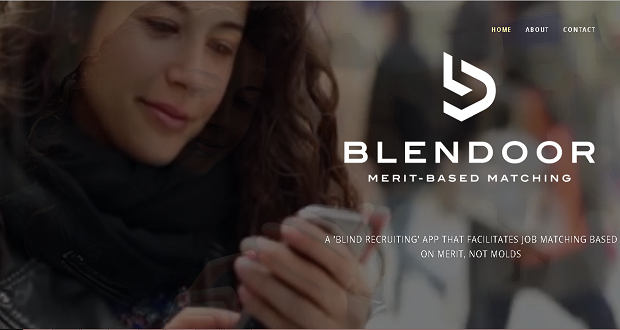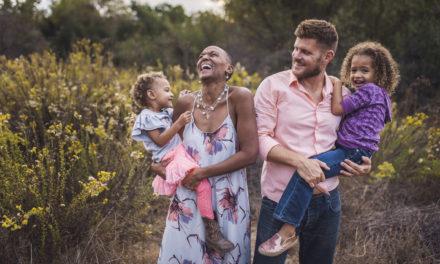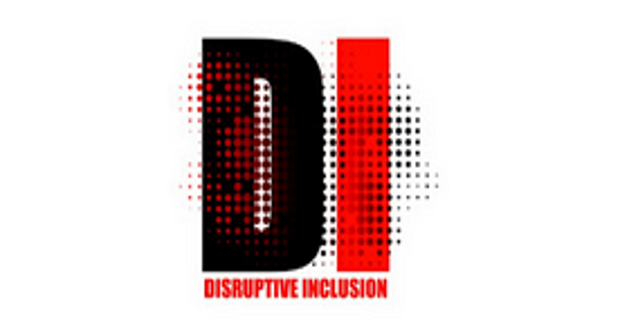
Unconscious bias is probably the most talked about topic in the diversity space today. We know from a number of studies that there is significant bias in the employment selection process. The landmark MIT study conducted several years ago showed that black sounding names (e.g. Jamal, Lakeisha) with the exact same qualifications on the resume as white sounding names (John, Mary) received 50 percent fewer callbacks.
Stephanie Lampkin, an African American woman, with degrees in engineering from Stanford and an MBA from MIT, thinks she may have personally experienced unconscious bias early in her career. She had eight rounds of interviews trying to land a job at a “well-known” tech company only to be told that her background was not technical enough to be a software engineer and she might be better suited for a sales or marketing role. This is a young woman who was writing code at age 13 and by 15 she was considered a full-fledged web developer. I know little about engineering and the qualifications needed to be a software engineer but her credentials seem pretty impressive to me! She was subsequently hired by Microsoft where she spent five years in a technical role.
Stephanie had always wondered if being an African American woman had hurt her chances so she decided to do something that might help those trying to break into the tech world who could face unconscious bias. Her app, Blendoor is a job matching tool that hides the name and picture of the candidate. It allows job seekers to upload their resume and then hide their name and photo from recruiters. “Our goal is to highlight the information that’s most relevant to a candidate being a ‘good fit’ independent of race, gender, ability, military history or sexual orientation”, said Lampkin.
Blendoor will be unveiled on March 11th at this year’s SXSW digital festival for public beta testing. To date, Lampkin has had buy-in for the product from 19 large tech firms.
I say, “you go girl!” This is a great start but at some point won’t the prospective employer have to “see” the candidate? Will there still not be face-to-face-interviews before the final decision is made? So Blendoor might get more women and candidates of color to the table but how do we curb unconscious bias that happens once the race, ethnicity, gender, etc. of the individual is revealed? Hopefully Lampkin’s app will help because it will challenge the bias an interviewer might have had about that group (whatever it is). This person does not fit the “stereotype.” The next candidate who is a woman or of color does not fit the stereotype. Wow! Now my stereotype is shattered and I can be more objective.
The other possible scenario is that the bias is so entrenched that the interviewer has to find something wrong with this person. This resume is too good to be true and I have been taught that when something seems too good to be true it probably is. Maybe I am critical of the college or university the individual attended as not being as strong or the interviewee was not convincing in the interview because he/she was not assertive/too assertive or the age old, “I just don’t think he/she would be a good fit.”
Lampkin’s app is a wonderful first step. However, we need to take it further with tools to help hiring managers assess how much their decisions are based on their unconscious preference for people who are more like them including their fear of managing someone who is different. Lauren Rivera, an associate professor of management and organizations at Northwestern University’s Kellogg School of Management studied 120 investment banks, management consultancies and law firms and concluded that “cultural fit” was a key hiring criteria. Most interestingly fit was described as things like people they thought they would enjoy hanging out with, or personal chemistry judged by things like “would I want to be stuck in an airport with this person.” In summary decision makers admitted to hiring people whose hobbies, hometowns and biographies matched their own.
What is the Inclusion Solution?
- Analyze your last five hires. Why did you hire them and why not other candidates who might have been just as qualified? What subjective factors came into play? Were these just your own preferences and definitions of “fit” or truly objective factors?
- Insist on diverse hiring panels where you can challenge yours and others potential biases.
- Acknowledge the fears you might have in managing someone different from you and become more culturally competent as a way of mitigating those fears.


















